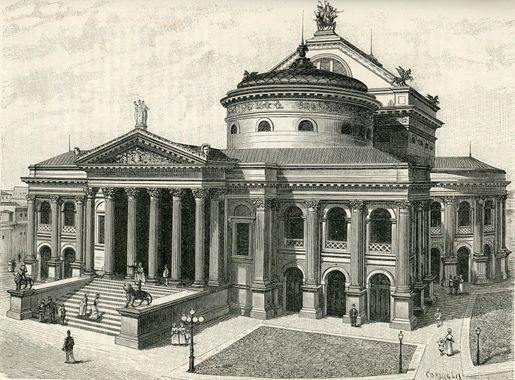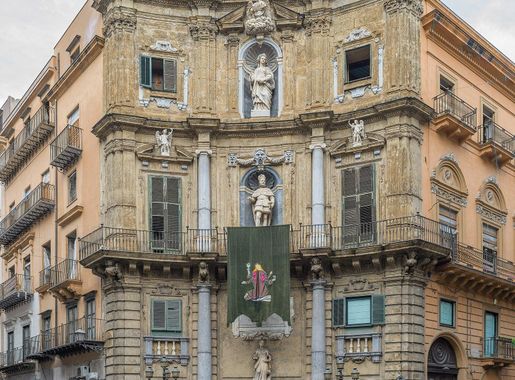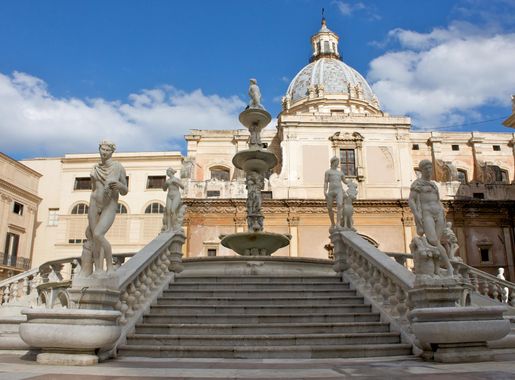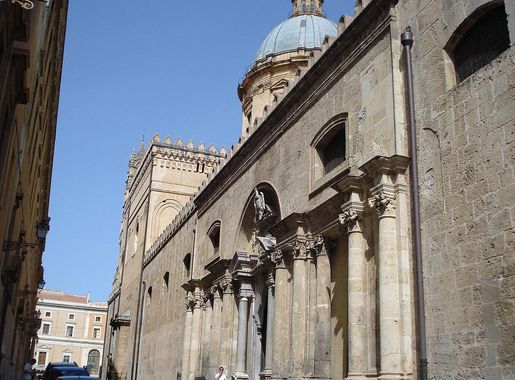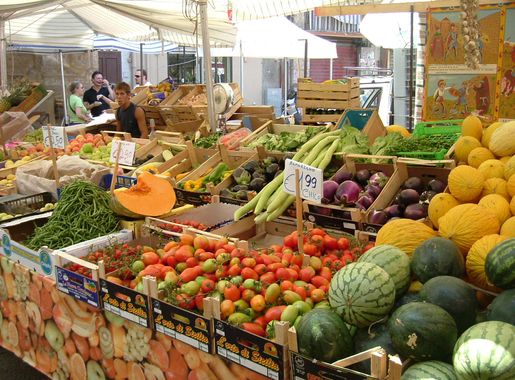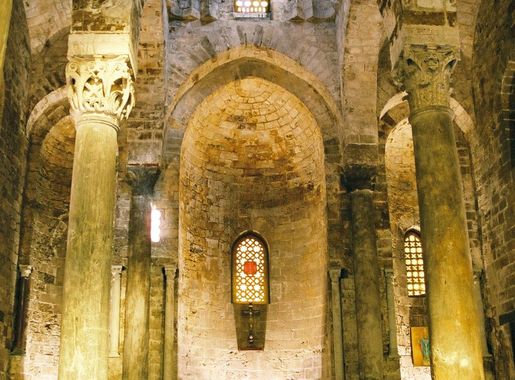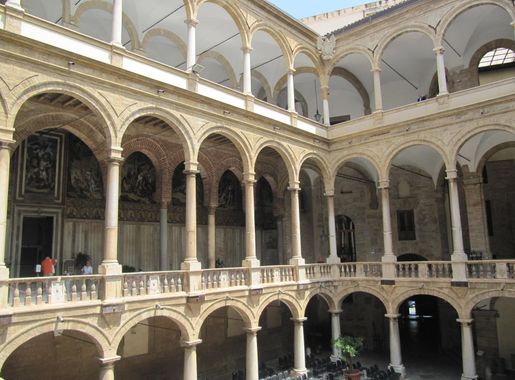
La Loggia: The Beating Heart of Palermo
Discover La Loggia in Palermo: A vibrant historical market district, rich in culture, culinary delights, and architectural marvels.
Nestled in the historic center of Palermo, La Loggia stands as a vibrant testament to the city's rich cultural tapestry. This neighborhood, often referred to as the 'historical market district,' is where the pulse of Palermo can be truly felt. As you wander through its narrow, winding streets, you'll be transported back in time, surrounded by centuries-old buildings adorned with intricate facades and balconies brimming with colorful flowers. La Loggia is home to the famous Vucciria Market, a bustling open-air market that has been a cornerstone of Palermo's daily life for centuries. Here, vendors passionately sell an array of fresh produce, seafood, meats, and traditional Sicilian street food. The market is not just a place to shop but a sensory experience, with the vibrant colors, tantalizing aromas, and energetic atmosphere creating a captivating scene. Art and history enthusiasts will find plenty to admire in La Loggia. The neighborhood boasts numerous historical landmarks, including the stunning Church of San Domenico, known for its Baroque architecture and exquisite artworks. The nearby Piazza San Domenico is a charming square where locals and tourists alike gather to relax and soak in the ambiance. La Loggia also offers a variety of quaint cafes, restaurants, and boutique shops, inviting visitors to indulge in authentic Sicilian cuisine and unique local crafts.
Local tips in La Loggia
- Visit Vucciria Market early in the morning to experience it at its liveliest and to get the freshest produce.
- Wear comfortable shoes as the streets are narrow and often uneven, making walking the best way to explore.
- Take some time to sit in Piazza San Domenico and enjoy a coffee while people-watching.
- Try the local street food, especially panelle (chickpea fritters) and arancini (stuffed rice balls).
- Keep an eye on your belongings, especially in crowded areas like the market.
La Loggia: The Beating Heart of Palermo
Nestled in the historic center of Palermo, La Loggia stands as a vibrant testament to the city's rich cultural tapestry. This neighborhood, often referred to as the 'historical market district,' is where the pulse of Palermo can be truly felt. As you wander through its narrow, winding streets, you'll be transported back in time, surrounded by centuries-old buildings adorned with intricate facades and balconies brimming with colorful flowers. La Loggia is home to the famous Vucciria Market, a bustling open-air market that has been a cornerstone of Palermo's daily life for centuries. Here, vendors passionately sell an array of fresh produce, seafood, meats, and traditional Sicilian street food. The market is not just a place to shop but a sensory experience, with the vibrant colors, tantalizing aromas, and energetic atmosphere creating a captivating scene. Art and history enthusiasts will find plenty to admire in La Loggia. The neighborhood boasts numerous historical landmarks, including the stunning Church of San Domenico, known for its Baroque architecture and exquisite artworks. The nearby Piazza San Domenico is a charming square where locals and tourists alike gather to relax and soak in the ambiance. La Loggia also offers a variety of quaint cafes, restaurants, and boutique shops, inviting visitors to indulge in authentic Sicilian cuisine and unique local crafts.
Iconic landmarks you can’t miss
Quattro Canti
Discover the architectural beauty and vibrant culture of Quattro Canti, a historical landmark at the heart of Palermo, Italy.
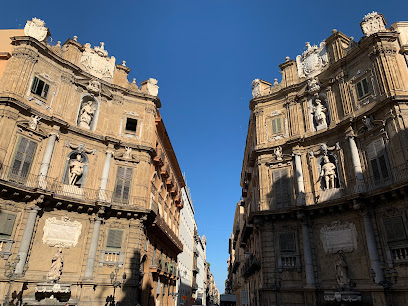
Norman Palace
Discover the Norman Palace in Palermo, a UNESCO World Heritage site blending history, art, and architecture in a stunning cultural landmark.
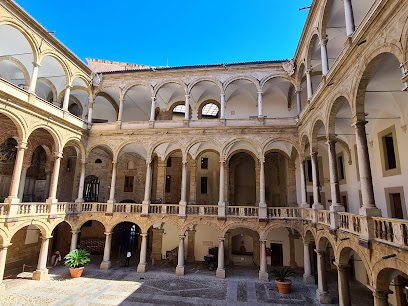
Catacombe dei Cappuccini
Explore the haunting allure of Catacombe dei Cappuccini, a unique museum in Palermo showcasing mummified remains and rich burial traditions.

Royal Palace and Palatine Chapel
Explore the Royal Palace and Palatine Chapel, a UNESCO World Heritage site, where history, art, and spirituality converge in stunning Sicilian architecture.
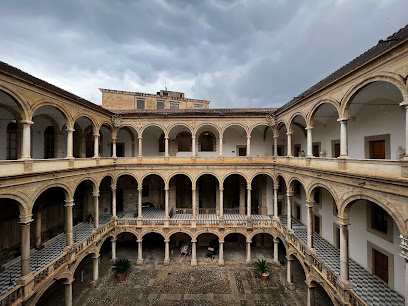
Fontana Pretoria
Explore the enchanting Fontana Pretoria in Palermo, a stunning Renaissance fountain surrounded by vibrant culture and history in the heart of the city.
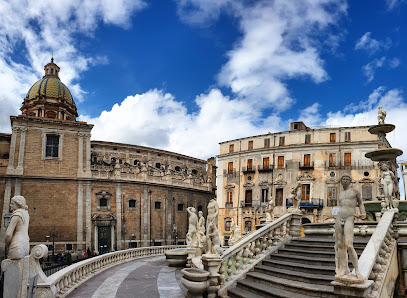
Zisa Palace
Discover the enchanting Zisa Palace in Palermo, a stunning blend of Arabic-Norman architecture and rich Sicilian history, perfect for every traveler.
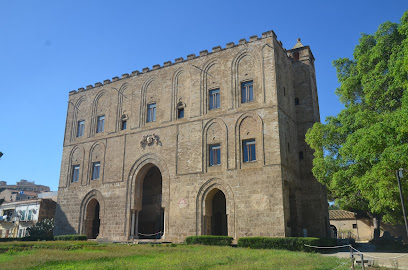
Porta Nuova
Discover the historic charm of Porta Nuova, a magnificent gateway that reflects the rich cultural heritage of Palermo, Sicily.
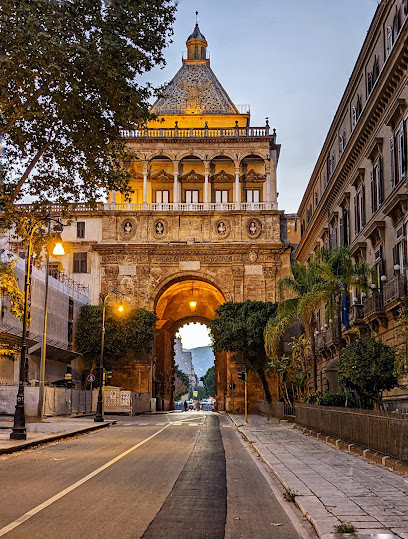
Palazzo Conte Federico - Museum
Explore the grandeur of Sicily's aristocratic past at Palazzo Conte Federico, a historical museum that enchants visitors with its rich heritage and stunning architecture.
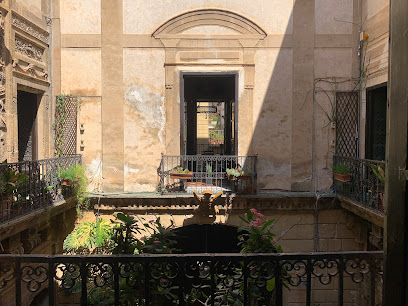
Porta Felice
Discover the historical significance of Porta Felice, a stunning gateway to Palermo's rich past, surrounded by beautiful gardens and vibrant atmosphere.

Palazzo Chiaramonte Steri
Explore the rich history and architectural beauty of Palazzo Chiaramonte Steri, a stunning blend of art and culture in the heart of Palermo, Sicily.
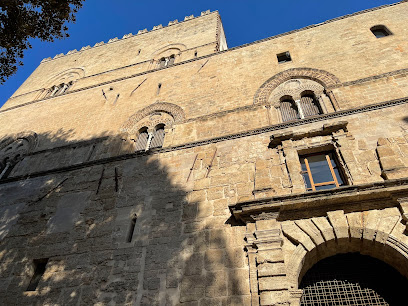
La Loggia
Discover the authentic flavors of Sicily at La Loggia, a charming restaurant in Palermo offering delectable cuisine and stunning views.
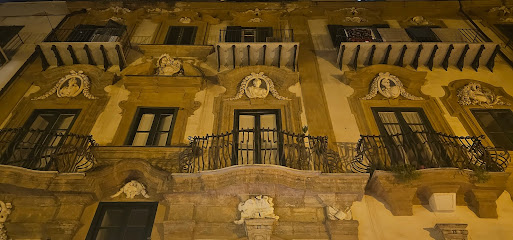
Rooms at the Museum of majolica Genius
Explore the vibrant world of Sicilian majolica at the Museum of Majolica Genius in Palermo, where art and culture come to life.
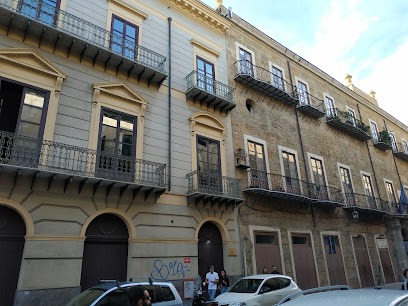
Torre di San Nicolò di Bari
Explore the Torre di San Nicolò di Bari, a captivating historical tower in Palermo offering breathtaking views and a glimpse into the city's rich heritage.
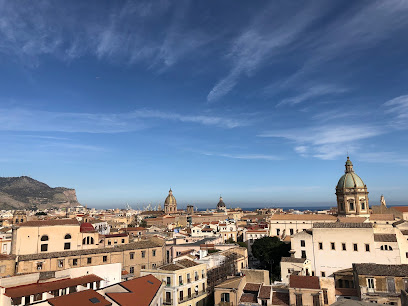
Alla Loggia Del Gattopardo B&B
Discover the heart of Palermo at Alla Loggia Del Gattopardo B&B, where comfort meets local charm in a cozy setting.

Loggiato di San Bartolomeo
Discover the artistic heritage of Sicily at Loggiato di San Bartolomeo, an immersive art museum in the heart of Palermo, Italy.
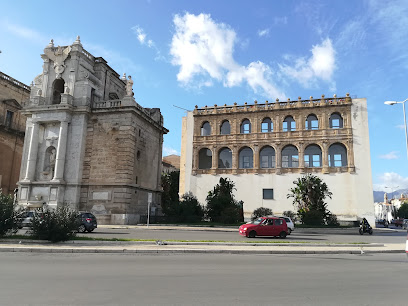
Unmissable attractions to see
Norman Palace
Explore the Norman Palace in Palermo, a UNESCO World Heritage site showcasing stunning architecture, rich history, and breathtaking mosaics.
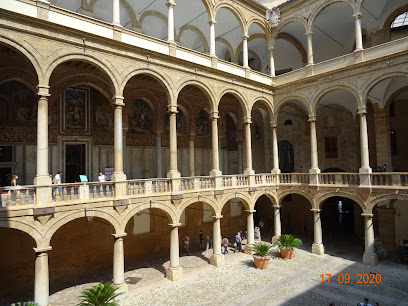
Museo Palazzo Mirto Casa Museo
Discover the elegant Museo Palazzo Mirto Casa Museo, a captivating museum in Palermo showcasing Sicily's aristocratic heritage and exquisite art.
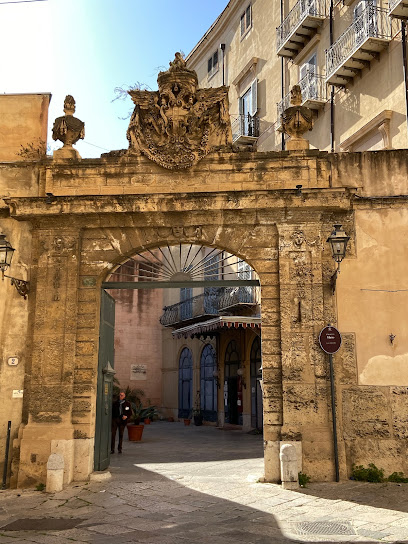
L’albero dei 150 anni dell’Unità d’Italia (Ficus Macrophylla Subsp)
Discover the Ficus Macrophylla in Palermo, a majestic tree symbolizing Italian unity and a serene escape in the bustling Piazza Marina.

Fontana del Cavallo Marino
Experience the beauty of Fontana del Cavallo Marino in Palermo, a stunning Baroque fountain surrounded by vibrant local culture and history.
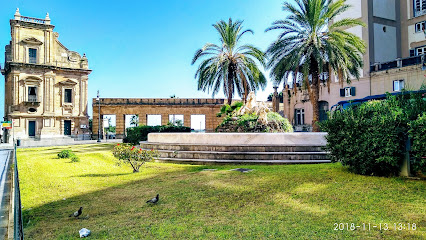
Essential places to dine
Antica Focacceria San Francesco
Discover authentic Sicilian flavors at Antica Focacceria San Francesco - a historic eatery in Palermo offering traditional Italian cuisine.
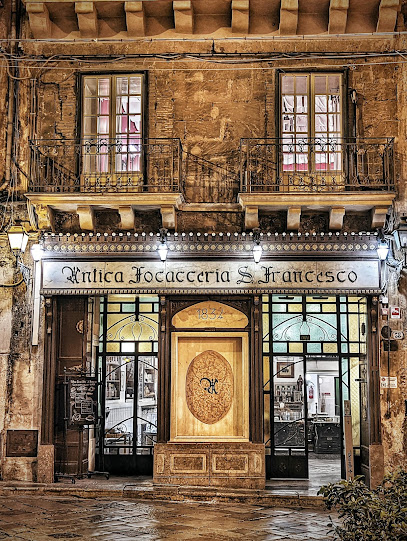
FUD
Experience gourmet burgers and artisanal sandwiches at FUD in Palermo—where local flavor meets culinary creativity.
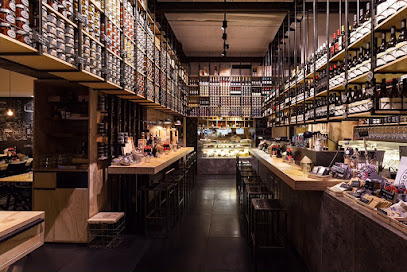
Trattoria Del Massimo
Savor authentic Italian flavors at Trattoria Del Massimo in Palermo – where every dish tells a story of tradition and passion.
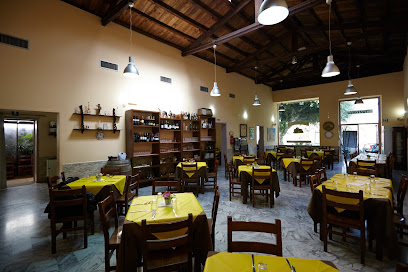
Il Cambusone
Experience the essence of Sicilian cuisine at Il Cambusone, where fresh seafood meets traditional Italian flavors in a charming setting.
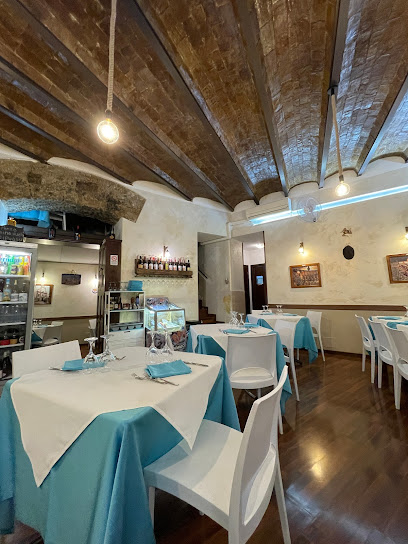
Da Bacco
Experience authentic Italian flavors at Da Bacco in Palermo - where tradition meets culinary excellence.
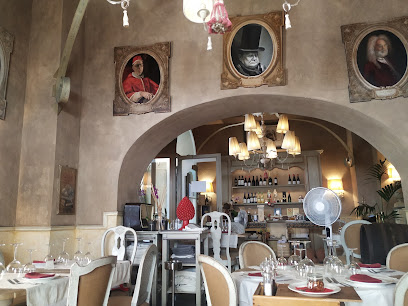
SALMORIGLIO Griglia & Cucina Siciliana
Experience authentic Sicilian cuisine at SALMORIGLIO Griglia & Cucina Siciliana with delightful grilled meats and fresh seafood in Palermo.
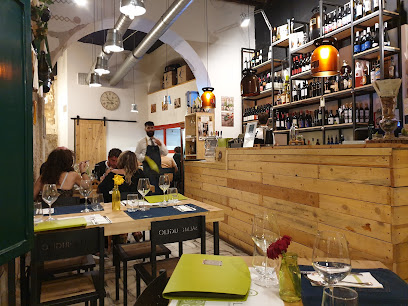
La Loggia
Discover the flavors of Sicily at La Loggia - where tradition meets culinary excellence in the heart of Palermo.
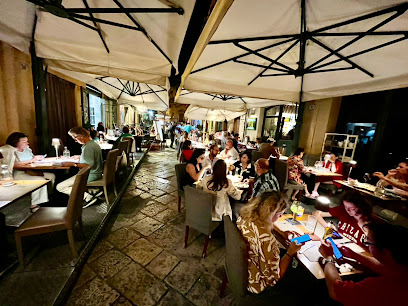
Locanda del Gusto
Savor authentic Sicilian flavors at Locanda del Gusto in Palermo – a must-visit restaurant for culinary enthusiasts.
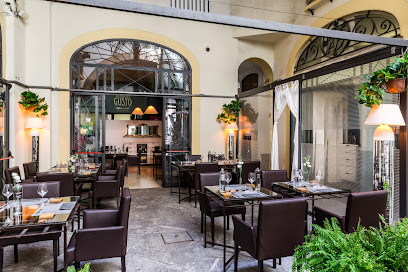
Hosteria Aglio Olio e Pepe
Experience authentic Italian flavors at Hosteria Aglio Olio e Pepe - a must-visit culinary destination in Palermo.
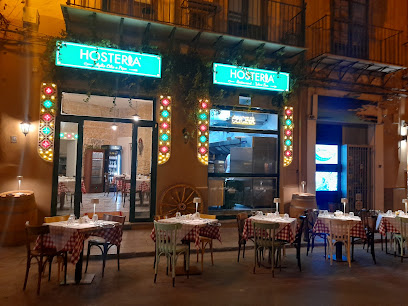
Lumia Restaurant
Experience authentic Sicilian cuisine at Lumia Restaurant in Palermo - where tradition meets taste in a delightful dining atmosphere.
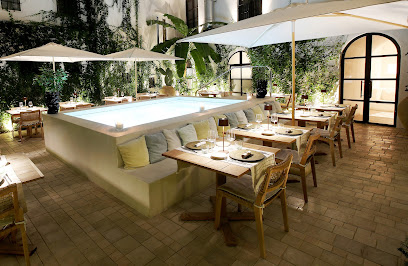
Markets, malls and hidden boutiques
Centro Commerciale Forum Palermo
Explore the vibrant shopping and dining experience at Centro Commerciale Forum Palermo, a must-visit destination for tourists in Sicily.
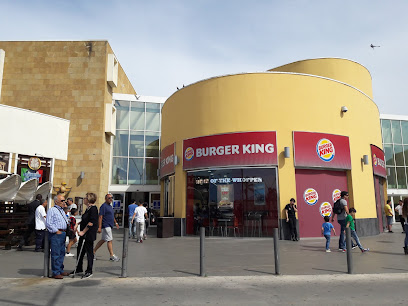
Rinascente Palermo
Explore the vibrant shopping experience at Rinascente Palermo, where fashion meets Sicilian culture in a chic department store setting.
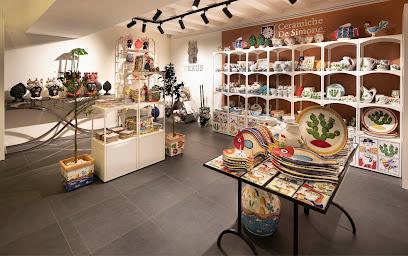
Ridding Market dell'Usato
Explore Ridding Market dell'Usato in Palermo for unique antiques, vintage clothing, and collectibles that tell a story.
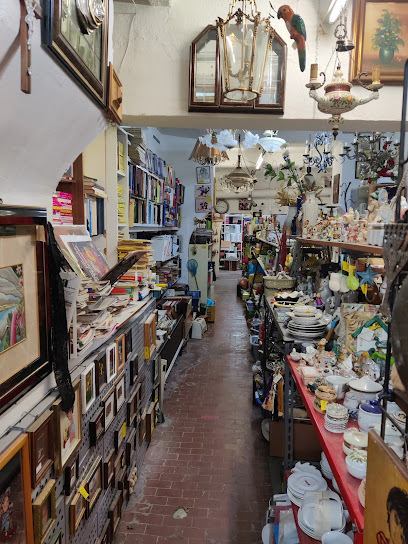
Il Vecchio Mobile
Explore Il Vecchio Mobile, a unique second-hand store in Palermo filled with antiques, vintage clothing, and charming collectibles.
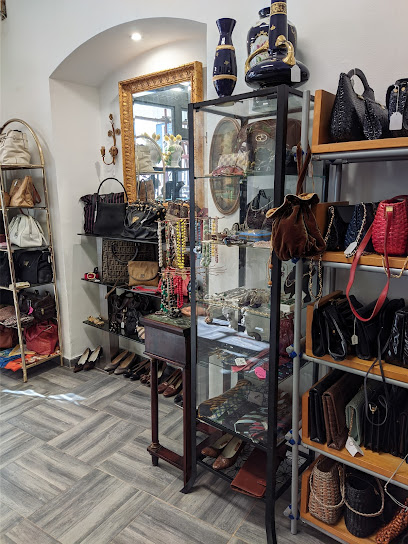
Magazzini Anita
Explore the charm of vintage fashion at Magazzini Anita in Palermo, where each piece tells a story of style and history.
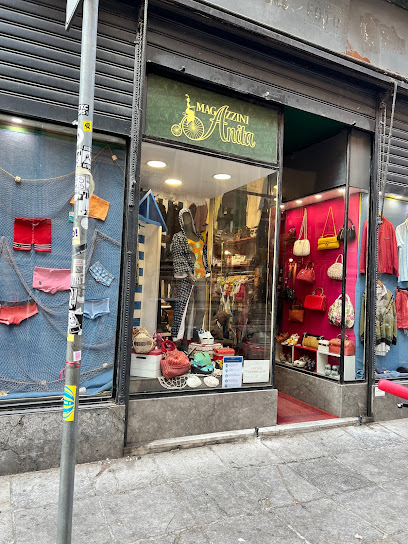
Melania Caruso boutique
Explore Melania Caruso Boutique in Palermo for unique women's fashion, shoes, and accessories that embody Italian elegance and style.

Il Cappellaio Matto
Explore the charming Il Cappellaio Matto in Palermo for unique Sicilian souvenirs and artisanal treasures, celebrating the island's cultural heritage.
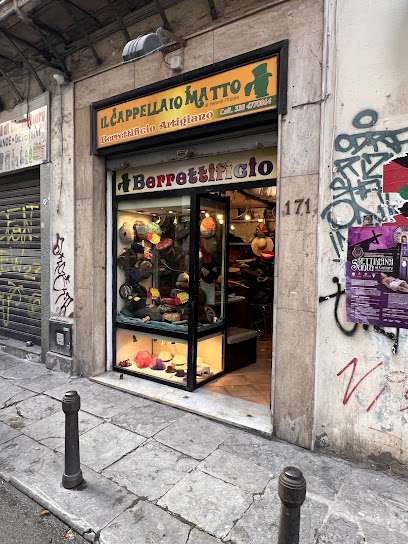
E F Handmade
Discover the essence of Sicilian craftsmanship at E F Handmade, where unique artisan leather goods await in the heart of Palermo.
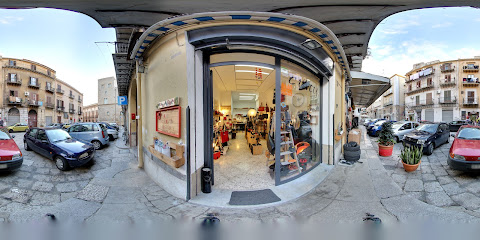
Vali Boutique
Discover unique Sicilian fashion at Vali Boutique, where local craftsmanship meets contemporary style in the heart of Palermo.
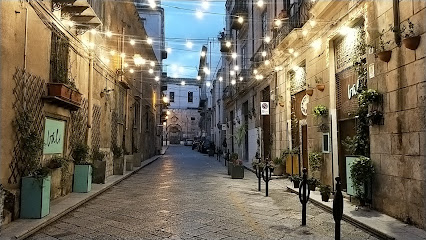
À Putia
Explore À Putia in Palermo for unique, locally crafted gifts that embody the spirit of Sicily and make memorable souvenirs from your travels.
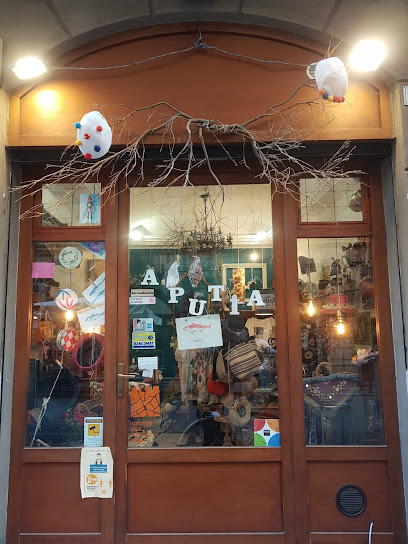
Essential bars & hidden hideouts
Pub - Ristorante - Ai Bottai - Palermo -
Discover the vibrant atmosphere and authentic Sicilian cuisine at Ai Bottai, a must-visit gastropub in Palermo with live music and delicious cocktails.
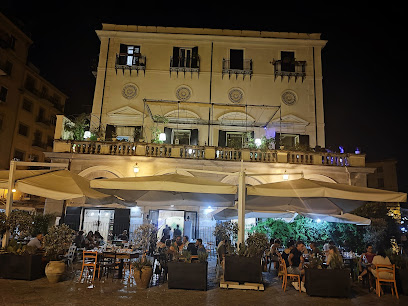
La Loggia
Experience the vibrant flavors of Sicily at La Loggia, Palermo's top-rated restaurant, where exquisite cuisine meets stunning views.
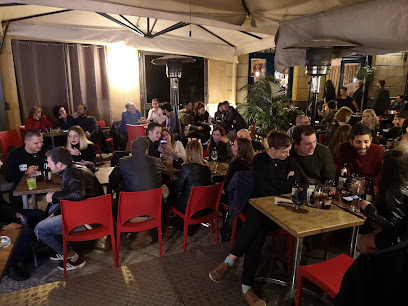
La Bodeguita Del Mojito
Experience the vibrant Cuban nightlife at La Bodeguita Del Mojito in Palermo, where authentic mojitos and delicious tapas await.
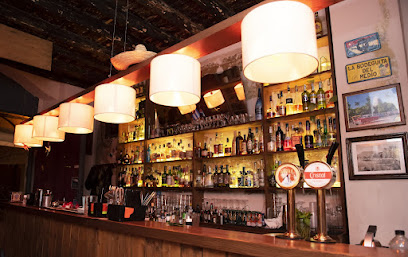
Botanico Bar
Experience the vibrant nightlife and artistic flair at Botanico Bar, the perfect blend of cocktails, live music, and local culture in Palermo.
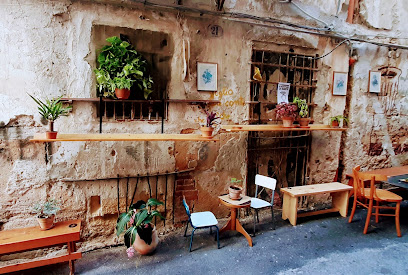
Le Tabarin
Discover the vibrant flavors of Palermo at Le Tabarin, a cozy restaurant and pub offering delightful Sicilian cuisine and a warm atmosphere.
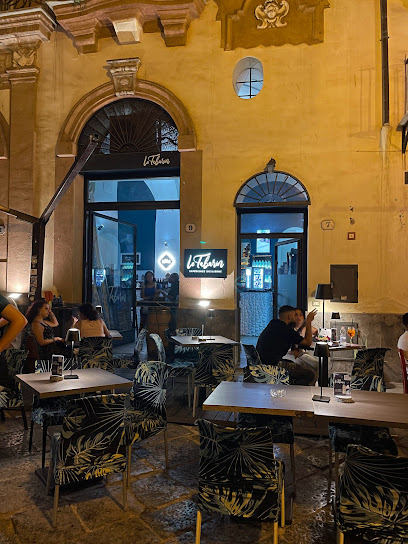
TIN Bottai
Discover the vibrant ambiance and authentic Sicilian flavors at TIN Bottai, a must-visit pub in the heart of Palermo for tourists seeking local culture.
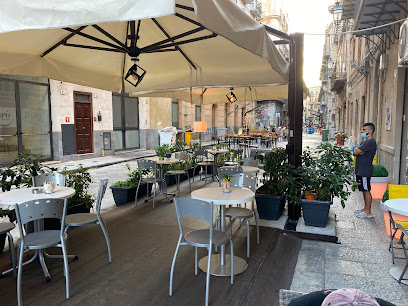
Corso Vittorio 113
Experience Sicilian hospitality at Corso Vittorio 113, a charming wine bar and coffee shop in the heart of Palermo, perfect for relaxation and local flavors.

La Rambla
Experience the vibrant atmosphere and authentic tapas at La Rambla, a culinary gem in Palermo, Italy, perfect for food lovers and cultural enthusiasts.

Old Place
Discover the lively atmosphere, delicious sharing boards, and welcoming spirit at Old Place, a vibrant pub in the heart of Palermo.
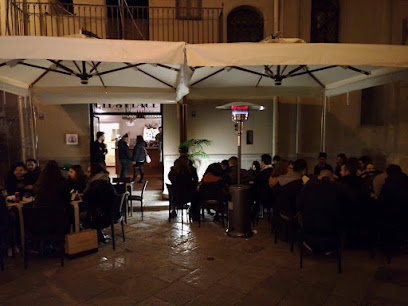
Bar Al Mosqyto Palermo
Experience the vibrant culture of Palermo at Bar Al Mosqyto, your perfect spot for refreshing drinks and local ambiance.
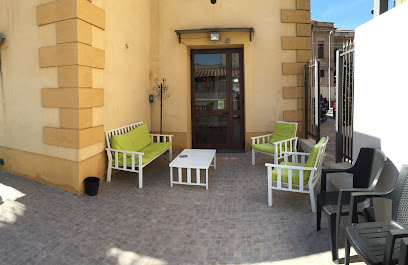
Local Phrases
-
- HelloCiao
[chow] - GoodbyeArrivederci
[ah-ree-veh-dehr-chee] - YesSì
[see] - NoNo
[noh] - Please/You're welcomePer favore/Prego
[pehr fah-VOH-reh/preh-goh] - Thank youGrazie
[GRAH-tsyeh] - Excuse me/SorryScusa/Mi dispiace
[SKOO-sah/mee dees-PYA-cheh] - How are you?Come stai?
[koh-meh stai] - Fine. And you?Bene. E tu?
[BEH-neh. eh too] - Do you speak English?Parli inglese?
[PAHR-lee een-GLEH-zeh] - I don't understandNon capisco
[nohn kah-PEES-koh]
- HelloCiao
-
- I'd like to see the menu, pleaseVorrei vedere il menu, per favore
[voh-reh-ee veh-deh-reh eel MEH-noo, pehr fah-VOH-reh] - I don't eat meatNon mangio carne
[nohn MAHN-djoh KAR-neh] - Cheers!Salute!
[sah-LOO-teh] - I would like to pay, pleaseVorrei pagare, per favore
[voh-reh-ee pah-GAH-reh, pehr fah-VOH-reh]
- I'd like to see the menu, pleaseVorrei vedere il menu, per favore
-
- Help!Aiuto!
[ah-YOO-toh] - Go away!Vai via!
[vai vee-ah] - Call the Police!Chiamate la Polizia!
[kyah-MAH-teh lah poh-LEE-tsya] - Call a doctor!Chiamate un dottore!
[kyah-MAH-teh oon doh-TTOH-reh] - I'm lostMi sono perso
[mee SOH-noh PEHR-soh] - I'm illMi sento male
[mee SEHN-toh MAH-leh]
- Help!Aiuto!
-
- I'd like to buy...Vorrei comprare...
[voh-reh-ee kohm-PRAH-reh] - I'm just lookingSto solo guardando
[stoh SOH-loh gwar-DAHN-doh] - How much is it?Quanto costa?
[KWAN-toh KOH-stah] - That's too expensiveÈ troppo caro
[eh TROH-poh KAH-roh] - Can you lower the price?Puoi abbassare il prezzo?
[PWOH-ee ahb-bah-SAH-reh eel PREH-tsoh]
- I'd like to buy...Vorrei comprare...
-
- What time is it?Che ora è?
[keh OH-rah eh] - It's one o'clockÈ l'una
[eh LOO-nah] - Half past (10)Sono le dieci e mezza
[SOH-noh leh dyeh-chee eh MEHT-sah] - MorningMattina
[maht-TEE-nah] - AfternoonPomeriggio
[poh-meh-REE-joh] - EveningSera
[SEH-rah] - YesterdayIeri
[YEH-ree] - TodayOggi
[OH-jee] - TomorrowDomani
[doh-MAH-nee] - 1Uno
[OO-noh] - 2Due
[DWEH] - 3Tre
[TREH] - 4Quattro
[KWAT-troh] - 5Cinque
[CHEEN-kweh] - 6Sei
[SEH-ee] - 7Sette
[SEH-tteh] - 8Otto
[OH-ttoh] - 9Nove
[NOH-veh] - 10Dieci
[dyeh-chee]
- What time is it?Che ora è?
-
- Where's a/the...?Dov'è...?
[doh-VEH] - What's the address?Qual è l'indirizzo?
[kwal eh leen-dee-REET-soh] - Can you show me (on the map)?Puoi mostrarmi (sulla mappa)?
[PWOH-ee mohs-TRAHR-mee (SOOL-lah MAHP-pah)] - When's the next (bus)?Quando passa il prossimo (autobus)?
[KWAN-doh PAHS-sah eel PROHS-see-moh (ow-TOH-boos)] - A ticket (to ....)Un biglietto (per ....)
[oon bee-LYEH-toh (pehr)]
- Where's a/the...?Dov'è...?
History of La Loggia
-
La Loggia, like much of Palermo, has deep roots in the Arab period of Sicily, which began in the 9th century. The name 'La Loggia' itself is derived from the Arabic term 'al-lujja', meaning 'the portico' or 'the gallery', reflecting the architectural styles introduced during this era. The neighborhood was characterized by narrow streets and intricate buildings, showcasing the Moorish influence on local architecture.
-
The 11th century saw the Norman conquest of Sicily, leading to a cultural and architectural renaissance in La Loggia. Notable structures, such as the Church of San Francesco, were built during this period, blending Norman, Arab, and Byzantine styles. This era transformed La Loggia into a vibrant center of commerce and trade, benefiting from Palermo's status as the capital of the Norman Kingdom of Sicily.
-
During the 16th and 17th centuries, under Spanish rule, La Loggia experienced significant urban expansion. The neighborhood became known for its lively markets and bustling streets, which played a crucial role in the daily life of Palermitans. The Spanish Baroque influence is evident in some of the buildings from this period, which can still be admired today.
-
The 19th century brought social and economic changes to La Loggia, marked by the industrial revolution and an influx of migrants to Palermo. The neighborhood adapted to these changes, with new establishments and public spaces emerging. This period saw the rise of the working class, and La Loggia became a hub of social activism, reflecting the broader struggles of the time.
-
In contemporary times, La Loggia is celebrated for its rich cultural heritage. The area is home to various festivals and artistic events, showcasing local traditions and gastronomy. The presence of artisanal shops and markets highlights the neighborhood's commitment to preserving its historical identity while embracing modern influences. La Loggia remains an integral part of Palermo's vibrant tapestry, reflecting the city's complex history and diverse culture.
La Loggia Essentials
-
La Loggia is accessible from various neighborhoods in Palermo. If you're arriving by train, the closest station is Palermo Centrale, where you can take a local bus or a taxi directly to La Loggia. Buses such as the 104 or 107 connect the area with the city center and other neighborhoods. Additionally, if you are coming from the airport, you can take the Prestia e Comande bus service to the city center and then switch to a local bus or taxi.
-
La Loggia is best explored on foot due to its compact size. Local buses, operated by AMAT, provide access to various parts of Palermo and are a convenient option for longer distances. Taxis are available and relatively affordable for short trips. Biking is also an option, with several bike rental services in the area, allowing you to enjoy the local scenery at your own pace.
-
La Loggia is generally considered a safe neighborhood for tourists. However, as in any urban area, it is advisable to remain vigilant. Avoid poorly lit streets at night and be cautious in crowded places to protect your belongings. Areas near the outskirts may have higher crime rates, so it's best to stay within well-traveled paths and avoid venturing alone late at night.
-
In case of an emergency, dial 112 for immediate assistance. The local police and medical facilities are available in Palermo. It is advisable to have travel insurance that covers medical emergencies. For minor health issues, local pharmacies are accessible and can provide over-the-counter medications.
-
Fashion: Do dress modestly, especially when visiting religious sites. Avoid revealing clothing. Religion: Do respect local customs, particularly in churches, by covering your shoulders and knees. Public Transport: Do be courteous and offer your seat to elderly passengers. Don't eat or drink on public transport. Greetings: Do greet people with a friendly 'Buongiorno' or 'Buonasera' depending on the time of day. Eating & Drinking: Do try local street food and enjoy meals at local trattorias. Don't refuse food or drink offered by locals, as it can be seen as impolite.
-
To experience La Loggia like a local, consider visiting the neighborhood's markets, which offer fresh produce and local delicacies. Engage with residents, who are typically friendly and eager to share their culture. Take time to visit local parks and squares where community gatherings often take place, providing insight into the daily life of Palermitans. Don't miss out on trying the local specialty, 'arancini,' at a nearby street vendor.
Trending Landmarks in La Loggia
-
Quattro Canti
-
Norman Palace
-
Catacombe dei Cappuccini
-
Royal Palace and Palatine Chapel
-
Fontana Pretoria
-
Zisa Palace
-
Porta Nuova
-
Palazzo Conte Federico - Museum
-
Porta Felice
-
Palazzo Chiaramonte Steri
-
La Loggia
-
Rooms at the Museum of majolica Genius
-
Torre di San Nicolò di Bari
-
Alla Loggia Del Gattopardo B&B
-
Loggiato di San Bartolomeo
Nearby Cities to La Loggia
-
Things To Do in Catania
-
Things To Do in Taormina
-
Things To Do in Marsalforn
-
Things To Do in Xaghra
-
Things To Do in Gozo
-
Things To Do in Xlendi
-
Things To Do in Xewkija
-
Things To Do in Mellieha
-
Things To Do in Qawra
-
Things To Do in Bugibba
-
Things To Do in Mgarr
-
Things To Do in St. Julian's
-
Things To Do in Mdina
-
Things To Do in Rabat
-
Things To Do in Sliema

